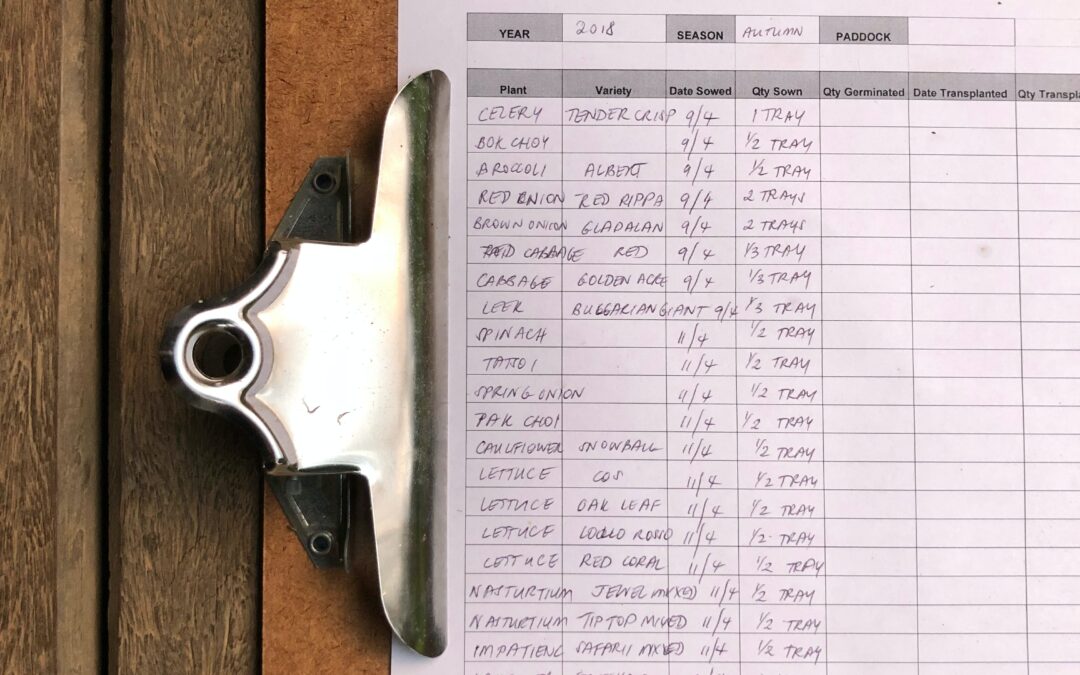 Quality Assurance and the Activity Director
Quality Assurance and the Activity Director
By Debbie Hommel, ACC/MC/EDU, CTRS
Many activity directors are introduced to the process of quality assurance when they are given a pile of forms and they are told to have them completed by the next QA meeting. Upon review of the pile of forms, the activity director sees they involve collecting data through surveys, observing activities or auditing charts. It is unfortunate that the true purpose of completing these forms is not explained.
Quality assurance is a management task which falls within the controlling function of management. In management, this process of “controlling” focuses on determining the success or lack of success in meeting departmental goals and plans. Departmental philosophy statements, policies, procedures, protocols and job descriptions are formal management tools developed during the planning and organizing tasks of management. These are the foundation of the goals and plans for the department. These documents or goals and plans are worthless if they are not implemented as intended. Ensuring they are implemented and with a good outcome is the emphasis of the controlling aspect of management.
Not following through and not holding staff accountable is a common problem in management. New policies, new programs and new standards are often introduced, and soon forgotten. If this is the typical practice at your facility, it contributes to inconsistent performance, poor morale and a lack of teamwork. There is nothing more frustrating than working on a project, creating systems to implement it and then watching it fizzle out because it was not followed through to fruition. Standards need to be established but they also need to be implemented to have any impact.
The controlling function of management is the opportunity for the activity director to ensure plans are being implemented as originally outlined. Plans are related to staffing, programming, documentation and finances. The department should have a clear-cut system for comparing current outcomes to the previously written plans and goals for the department. It is the responsibility of the activity director to identify gaps in the service. These gaps are when the outcome is not meeting the standard which was established in the original plan (job descriptions, policies, and protocols). Once the gap or area of sub-standard service is identified, it is imperative to introduce a plan to remediate or resolve the situation. If these gaps are not identified, it could very well be noted as a deficiency in the next state monitoring visit.
Evaluating departmental services can be done formally and informally. The formal process involves following departmental systems to evaluate staff performance through performance appraisals, quality assurance reviews of specific areas of facility service and chart audits of required documentation and content. Informally, the activity director should also adopt specific practices to consistently evaluate the services of the department. Each activity professional should become knowledgeable and articulate in defining standards of good practice which are supported by regulations, our profession, our facility policy, our personal experience and the residents and clients served. The activity director should use these standards when observing daily programming, staff interaction and resident/client response to programming. Being able to define and articulate standards of good practice in clear and understandable terms will help in training new staff as well as guiding all staff in understanding the department’s role in quality of life.
If permitted by corporate/facility policy, the activity director should view quality assurance from a more flexible approach. Rather than complete the same facility forms over and over, with similar findings, the activity director should be able to create data collection tools (forms) based on clear cut standards and criteria defined by the department. This will allow more effective and individualized assessment of areas needing review. The true quality assurance process involves defining a specific standard of service or criteria that should be met; collecting data related to the standard; comparing data collected to original standard or criteria and making a value judgment.
So, the next time you are handed a pile of forms to complete for your next QA meeting, stop and think for a minute: what part of your service do you truly want to evaluate and create a plan to do just that!
Check out the NCCAP approved Independent Study Program
Quality Assurance for Activity Professionals Independent Study Program
5.5 Continuing Educaton Hours

